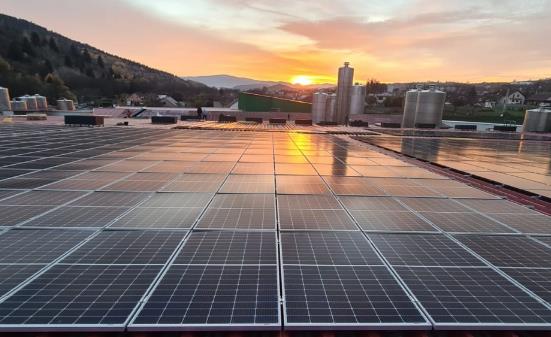Dealing with Solar Panels That Don't Produce Enough Power: Why?
Solar panels are a cornerstone of renewable energy, offering a sustainable solution to meet electricity needs. However, when they underperform, it can lead to disappointment and concern. Understanding the root causes of this underperformance is crucial for troubleshooting and optimizing your solar energy system.

Suboptimal Placement and Orientation
The efficiency of solar panels is heavily influenced by their placement and orientation. Ideally, panels should face south in the Northern Hemisphere to capture maximum sunlight. However, if panels are installed in less-than-ideal positions or at incorrect angles, their energy production can drop significantly. For optimal performance, panels should be installed at an angle that matches your latitude, with minimal shading throughout the day.
Environmental Build-Up
Over time, solar panels can accumulate dust, dirt, leaves, and even snow, all of which can obstruct sunlight and diminish output. In some areas, environmental build-up can lead to a reduction in power generation by up to 25%. Regular cleaning and maintenance are essential to prevent this decrease in efficiency.
Temperature Effects
Contrary to intuition, solar panels perform better in cooler conditions. High temperatures can reduce the efficiency of photovoltaic cells, with a potential decrease of about 0.5% in power output for every 1°C increase above 25°C (77°F). During hot summer months, this can result in noticeably lower energy production.
Wear and Tear
All solar panels experience a natural degradation rate, typically around 0.5% to 1% per year. This means that over the lifetime of the panels, they will gradually produce less power. After 25 years, most solar panels will produce about 80% of the power they did when they were new. This gradual decline is a normal part of solar panel aging.
System Malfunctions
A common issue affecting solar power output is inverter failure. The inverter plays a critical role in converting DC electricity generated by the panels into AC electricity usable by your home. If the inverter is malfunctioning, the entire system’s power production can be compromised. Additionally, faulty wiring or connections can also lead to reduced efficiency.
Seasonal Variations
The amount of sunlight solar panels receive varies throughout the year. Shorter days and lower sun angles in the winter months can significantly reduce solar power output. Weather conditions like cloud cover and rain also play a role in daily and seasonal fluctuations in power production.
Solar Panels Not Producing Enough Power: Solutions and Strategies
Addressing underperformance starts with identifying the specific causes affecting your solar panels. Solutions may include repositioning panels, increasing maintenance efforts, replacing or repairing faulty components, or even upgrading to more efficient technology. Regular system checks and maintenance can help prevent many issues, ensuring your solar panels continue to operate at their best.
In conclusion, several factors can lead to solar panels not producing enough power, from environmental build-up and incorrect installation to system malfunctions and natural degradation. By understanding these issues and taking appropriate action, you can enhance the performance of your solar panels and maximize your renewable energy investment.